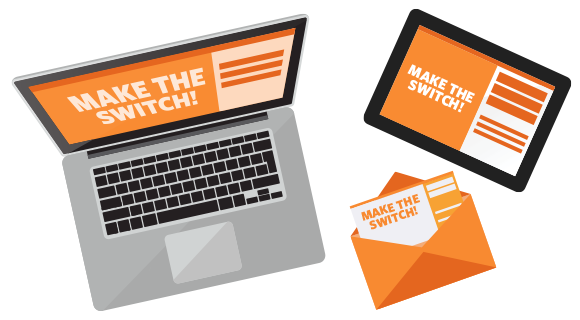
Achieve Benefits Enrollment Goals with Better Plan Design and Communication

Your employee benefits communications must have a purpose. Communicating for communication’s sake may check a few to-do’s off your list, but it’s unlikely to produce effective messaging that drives action and supports business goals. That’s why having a strategy is so important.
Your strategy doesn’t have to be a complicated or long document, but it does need to outline your goals, who you’re communicating with, how you’ll reach them, and when you’ll engage with them. Keeping your communication strategy focused on your people and what matters to them will help you achieve your business goals.
That’s why Strategy is key #1 of our ebook series, Unlocking Successful Benefits Communication: A 10-Key Framework Every Organization Needs to Get Results.
How a Strategic Approach to Plan Design and Communication Rocked Enrollment
Strategy isn’t just about your approach to communications—it has a role in program design, too. Here’s an example.
One of our Fortune 500 clients had 62% enrollment in its new medical plan with a health savings account (HSA) in the first year it was introduced, a passive enrollment year. We helped this client achieve these results by following a strategic approach to both program design and communication.
The plan was designed in a way that made it difficult for employees to refuse—offering up lower premiums and an incredibly generous HSA contribution.
Then, we targeted communications to employees on the basis of the medical plan they were currently enrolled in. The messages highlighted the specific advantages of changing to the new plan, such as a lower deductible and the savings in medical-plan paycheck deductions.
Every smartly designed communication (print and digital) featured the same headline—the action our client wanted its employees to take—'Make the switch!’ Altogether, they made it impossible to say ‘no.’
Why Employees Made the Switch
We apply proven techniques from behavioral economics to our work to drive results for our clients. Here’s the science behind the success of this campaign.
Designing the easy choice made it hard for employees to reject the new plan. Part of what made the HSA plan the obvious choice was a technique called the decoy effect. This explains how if we have two options (in this case the existing HMO plan and the new HSA plan) and a third option which is very similar to the desired option (with the exception of being inferior in one aspect) is presented, the third option becomes the decoy. In this case, the third option was the HRA plan (our client sought to migrate people from this plan), which had the same design as the new HSA plan but much higher premiums. The decoy was intended to be so skewed that employees couldn’t help but choose the new HSA plan.
Ambiguity bias is one of the largest barriers to comprehension and, therefore, action. It happens when too much of a message is undefined, causing people to take no action because the path forward is unclear. By doing the work for employees—pulling out the cost elements of the health plans they care about most and telling them what our client wanted them to do (‘Make the Switch!’)—we took the ambiguity out of the communications. That made it easy for employees to select the right plan for themselves and their families.
Learn more about the importance of strategy and read other case studies like this in our ebook series, Unlocking successful benefits communication: A 10-key framework every organization needs to get results. Strategy is part of Book I: Foundation. Don’t miss the other books in the series, which show you how to market your benefits like a pro and how to get the right resources in place.
For a deeper dive into strategy, download Driving Benefits Engagement: A Roadmap for Creating a Successful Communications Strategy.
We're proud to work with large employers who recognize the business value of engaging employees in benefits. If you want to learn more, contact us.
Work with Us
We partner with organizations that value their people first. Let’s talk.
